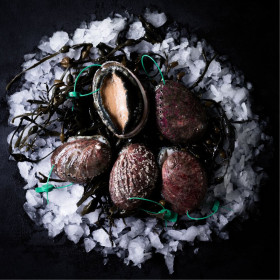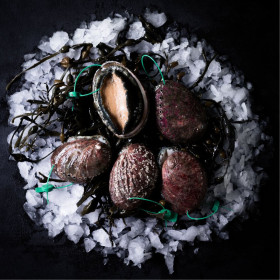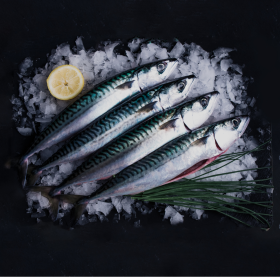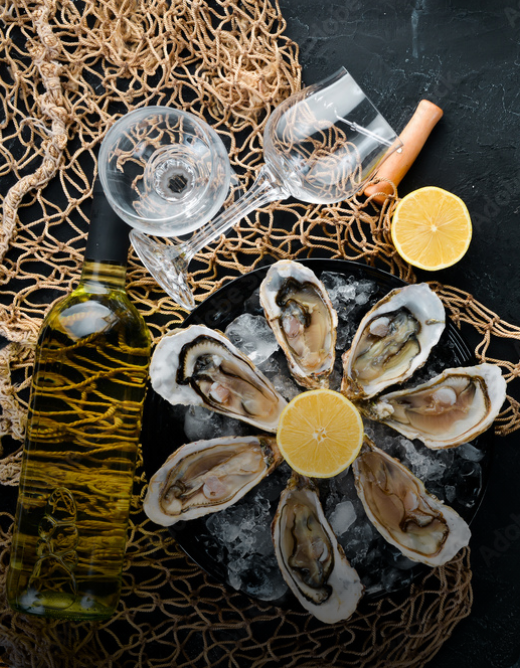Products
We buys the whole fish, which we then prepares into a ready-to-cook portion. However, it is difficult to predict the weight of the portion after preparation, which is why we indicate the weight of the whole fish and an approximation of the weight once prepared.
Weight before preparation: 250g
Weight after preparation: 160g - 180g
We select your 500g lobster alive. During the cooking process, the lobster will lose weight, approximately 100g.
We cook lobsters on demand, which is why we have to weigh them live. As the weight loss is difficult to predict, we indicate the live weight.
We select your 700g lobster alive. During the cooking process, the lobster will lose weight, approximately 100g to 200g.
We cook lobsters on demand, which is why we have to weigh them live. As the weight loss is difficult to predict, we indicate the live weight.
We select your 900g lobster alive. During the cooking process, the lobster will lose weight, approximately 100g to 200g.
We cook lobsters on demand, which is why we have to weigh them live. As the weight loss is difficult to predict, we indicate the live weight.
All our fish are caught on the day and can therefore be frozen.
Whole fish should be gutted and rinsed with cold water before freezing. The substances contained in the vicars can be dangerous and will spoil the flesh if not removed.
Both small and large whole fish can be frozen on a plate and then placed in freezer bags.
For fillets and slices of fish, it is best to freeze them directly in airtight bags or containers.
Fish keep very well in the freezer. The qualities of taste, appearance and texture can be maintained for several months without deterioration. However, the shelf life varies according to the species.
- Fatty fish* : 3 to 4 months
- Lean fish** : up to 6 months
After the recommended period, the fish will still be edible, but they will lose their taste quality.
* salmon, tuna, mackerel, sardine, eel
** cod, monkfish, hake, sea bream, pollack
Proper thawing means limiting water loss and contamination. Here are some recommendations:
- Thaw your products at the last moment: once thawed, they will spoil very quickly, so don't wait more than 24 hours to cook them.
- Leave the products in their original packaging
- Defrost in the refrigerator or in cold water: defrosting at room temperature or in hot water may alter the flesh, which may not thaw evenly.
- Respect the thawing time: for 500g of flesh, 15 to 18 hours are necessary for thawing in the refrigerator. Count only 30 to 60 minutes in cold water.
To freeze a live whole lobster, it is necessary to cook it partially, 8 minutes in boiling water.
Once cooled, the lobster can be frozen whole in a hermetic bag. When you want to consume it, put the lobster in boiling water and make cook again during 8 to 10 minutes.
If you wish to freeze only the flesh of the lobster, cook it entirely. When the lobster is cooled, remove the flesh and place it in freezer bags, close tightly and put quickly in the freezer. The lobster frozen in this way will keep longer than a lobster frozen entirely in its shell.





